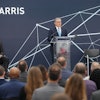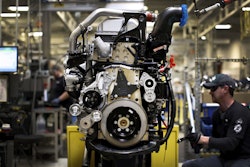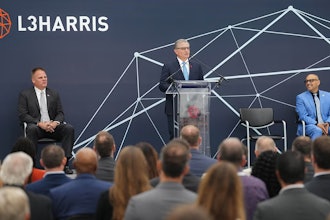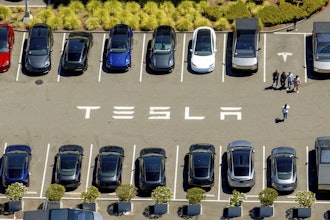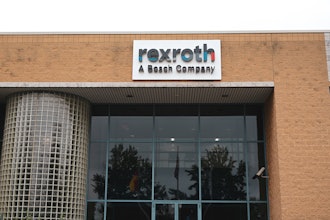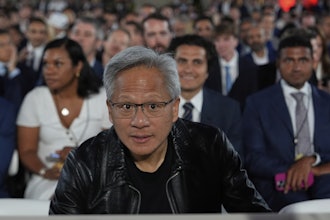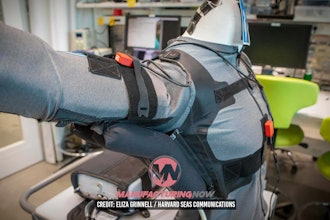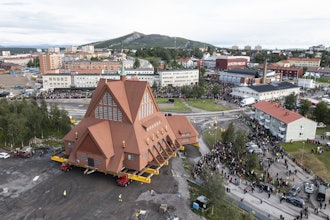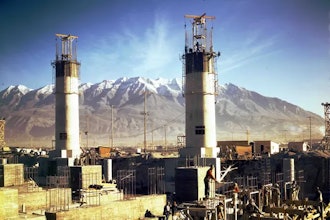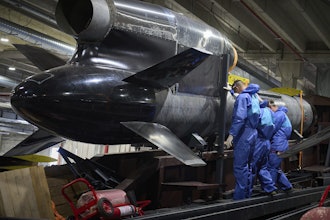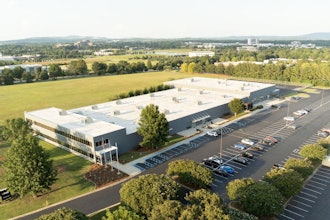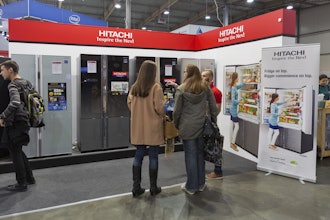The 11th International Industrial Engineering Conference (CIGI2015) that was held on October 26-28, 2015 at Laval University in Quebec City, whose theme was “integrative engineering for responsible innovation and sustainable performance”, provided a timely opportunity to explore the synergetic interaction of two revolutionary concepts, i.e., the Internet of Things and the Physical Internet. What follows is a short summary of the highlights of the related discussions at the conference.
While the Internet of Things is getting increased attention among stakeholders in industry and government across all markets and countries, the Physical Internet is progressively considered as an approach worthy of consideration in rethinking the global supply chain (Science, June 6, 2014).
More of a marketing umbrella than a technical description, the expression “Internet of Things”, which is now widely used worldwide, is best understood as an image, a telling picture of a profound shift in focus describing the potential integration of anything and everything that is not a human being (i.e., the foundation of the “Internet of People”) into the communications space thanks to the timely convergence of technological and societal trends. As such the “Internet of Things” label engulfs both technological (e.g., systems, networks, software, etc.) and non-technological (e.g., regulation, policy, business models, etc.) domains.
“Things” that until now had been out of scope in telecommunications and/or computer networks because they were part of closed communications systems (e.g., door locks, fire alarms or thermostats) or not designed to be electronically linked (e.g., household appliances, meters of all sorts, or cars) are now in scope. The world now has the capability of what XeroxPARC researchers had anticipated a long time ago, i.e., “activating everyday objects” (see Want, Weiser and Mynatt’s 1998 article).
On the other hand, the “Physical Internet” (PI or π) paradigm is specifically about addressing and shrinking the inefficiencies currently plaguing the global supply chain. Already in 2013, it was observed that “if 25 percent of the U.S. supply chain operated with this so-called “physical internet” system, profits for participating firms would increase by $100 billion, carbon dioxide emissions from road-based freight would decrease by at least 33 percent and consumers would pay less for goods” (research results reported by Bart King in Sustainable Brands, January 4, 2013).
The Physical Internet is a means to an end, not an end by itself. It has been introduced as a solution to the Global Logistics Sustainability Grand Challenge of improving by an order of magnitude the economic, environmental, and social efficiency and sustainability of the way physical objects are moved, stored, realized, supplied across the world (see Montreuil in Logistics Research, 2011). A 2014 detailed slide presentation on Logistics Collaboration and the Physical Internet by Phil Kaminski, Professor and Department Chair of Industrial Engineering and Operations Research at the University of California, Berkeley, et al. can be found here.
As reported by King in his 2013 piece, “the physical internet proposes an efficient system in which global supply-chain logistics are enabled by an open, intermodal (transportation by land, rail, ship or barge) system that uses standard, modular and reusable containers, real-time identification and coordinated routing through shared logistics facilities. In other words, all supply-chain stakeholders — manufacturers, transportation providers and retailers — act independently to use a shared logistics network that increases the size of trailer loads and reduces or eliminates miles traveled by empty trailers. Standardized modular containers would address inefficient packaging.”
As PI expands, it will rely heavily on IoT. Integral to PI are key IoT elements such as but certainly not limited to identification and data capture; sensing and actuating, hybrid and seamless communications networks; energy harvesting; and information extraction and optimization. Essentially, IoT technologies will be able to provide answers to questions related to who, whom, what, how, when and where generated by PI users. As on-boarded goods will progressively (as IoT spreads) have intelligence/communications capabilities, PI-containers will be able to communicate with them.
At the same time, both PI and IoT have a common interest in the development of interoperability standards; tight cyber- and physical security; trustworthy privacy, safety, reliability and resilience; relevant education and training; and innovative business models.
Akin to modern telecommunications networks, the Physical Internet aims at being adaptive and self-healing, i.e., if the traffic of physical objects is interrupted for any reason, it can be re-routed as seamlessly and automatically as possible. The optimal use of IoT technologies will make it possible.
A global hyperconnected logistics system, the Physical Internet is a leading example of a vast Cyber-Physical System integrating “computation, communication, sensing, and actuation with physical systems to fulfill time-sensitive functions with varying degrees of interaction with the environment, including human interaction” (see Draft of the Framework for Cyber-Physical Systems released by NIST on September 18, 2015, p. 7).
The Internet of Things and the Physical Internet’s symbiotic relationship is unquestionably bound to grow and tighten sooner rather than later.
Professor Benoit Montreuil is a leader of the Supply Chain & Logistics Institute at the H. Milton Stewart School of Industrial and Systems Engineering at Georgia Tech. Alain Louchez is the Managing Director of the Center for the Development and Application of Internet of Things Technologies at the Georgia Tech Research Institute.
To read more manufacturing and technology news, sign up for our newsletter. You can also follow Manufacturing Business Technology on Twitter @MBTwebsite.


